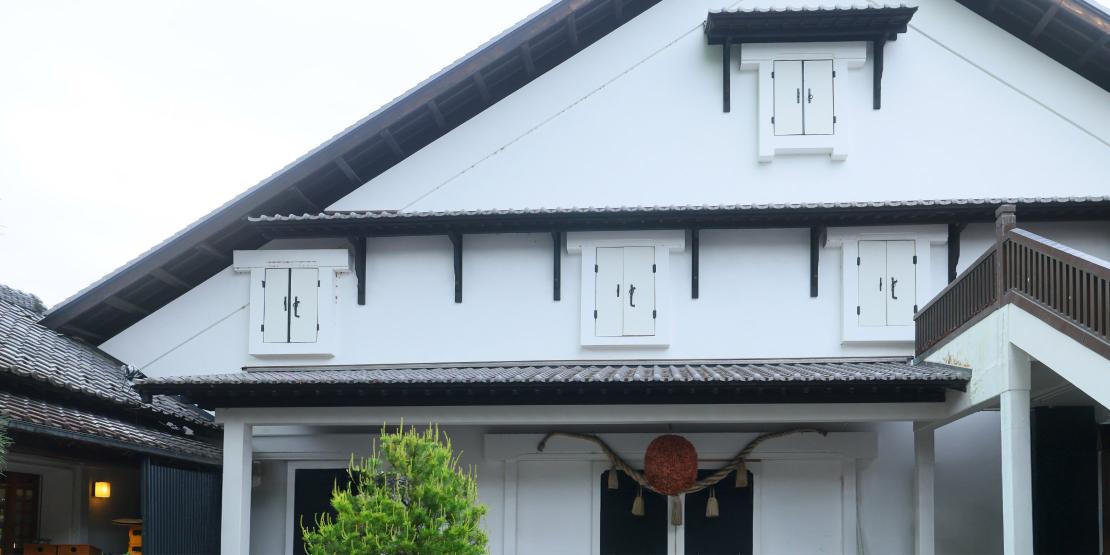
Okutama is a treasure trove of ingredients nurtured by pristine waters and abundant nature.
Food culture flourished during the Edo period, giving rise to dishes such as nigiri sushi, tempura, soba and grilled eel (kabayaki).
By the middle of the Edo period, the population of Edo had exceeded one million. In order to support the dietary needs of this growing population, a wide variety of ingredients, sake and seasonings were transported from all over Japan to Edo.
In the Tama region, located in western Tokyo, sake brewing began no later than the Edo period.
Okutama is a region characterized by steep mountains, which made rice paddy cultivation difficult.
The wasabi cultivated in its spring-fed waters became an essential ingredient in nigiri sushi, sashimi and soba, and was a valuable source of income for this mountainous area.
Okutama is also known for its specialty products, such as Yamame trout and Jisuke potatoes.
Japanese Sake
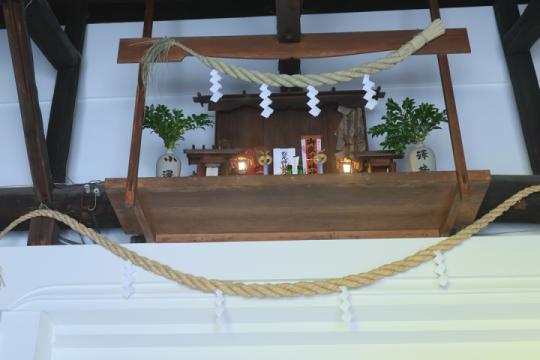
Japanese sake is a type of alcohol made primarily from rice, rice malt (koji), and water through fermentation. To be officially classified as "nihonshu" (Japanese sake), it must be brewed exclusively with domestically grown rice and produced within Japan.
In the past, sake, made with the help of microorganisms called koji mold, was believed to be a creation of the deities
Even today, prayers and expressions of gratitude to the deities remain an essential part of sake brewing.
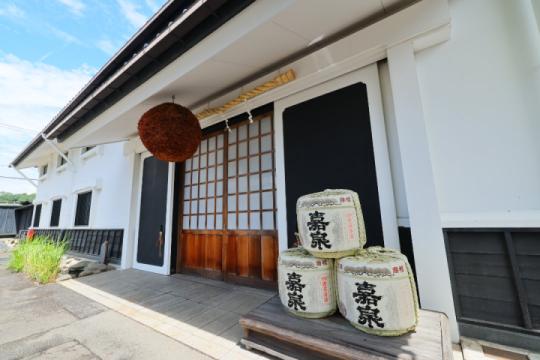
At the entrance of sake breweries, a "sugidama," a ball-shaped bundle of cedar leaves, is suspended.
This traditional decoration symbolizes the wish for brewing excellent sake. It also serves to announce the completion of a new batch of sake and indicates its maturation progress through changes in color
Around 80% of sake is made up of water.
The water used as an ingredient in sake is called "shikomi mizu." Shikomi mizu greatly influences the flavor of the sake. Sake breweries use locally sourced water unique to the region for brewing.
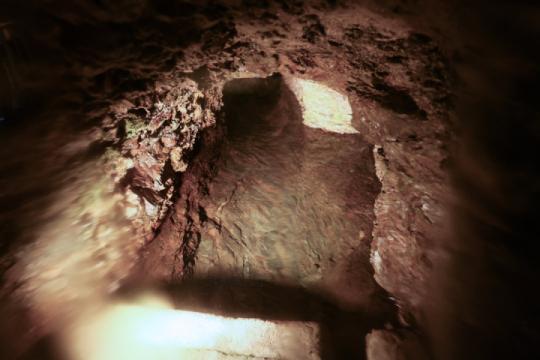
Sake is made using a brewing method called parallel multiple fermentation, a brewing technique rarely found elsewhere in the world. Even after fermentation, sake undergoes many more production steps and is made over a period of around 60 to 120 days. One of the fascinating aspects of sake is that slight changes in the production process can lead to different classifications and flavors.

Tokyo has a unique sake-brewing culture with a history of over 230 years.
On December 5, 2024, Japan’s “Traditional Sake Brewing” was registered as an Intangible Cultural Heritage.
Sake brewing is not merely the production of a beverage, but a cultural tradition deeply intertwined with local nature, skilled craftsmanship, and strong community connections.
With this recognition, Tokyo’s sake is expected to gain even more attention in the years to come.
Okutama Yamame Trout
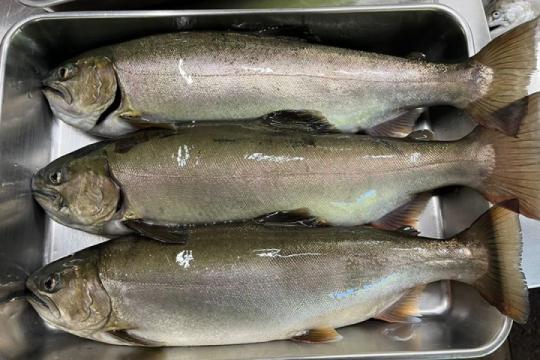
Okutama Yamame Trout (Source: Okutama Town Official Website)
Okutama Yamame are large yamame trout cultivated in the Okutama region.
Yamame are popular fish known as the "Queen of Mountain Streams" due to their beautiful appearance and excellent taste.
Ordinary yamame spawn and die after two years, so their body length reaches only about 30cm at most.
In contrast, Okutama yamame live for more than two years and grow larger than ordinary yamame by treating their fertilized eggs with warm water.
 Ozawa Sake Brewery
Sake Brewery
Ozawa Sake Brewery
Sake Brewery
Ozawa Sake Brewery, with a proud history of over 300 years, is located in Sawai, Ome City, in western Tokyo.
Nestled along the clear waters of the Tamagawa River, the area offers stunning scenery, with lush greenery in spring and vibrant autumn foliage in fall.
The name of the place, "Sawai" comes from the abundance of pure and renowned spring water that flows through the area in mountain streams. ("Sawa" means streams in Japanese.)
The brewery’s signature sake brand, “Sawanoi,” also takes its name from this prized water source.
The logo of Sawanoi features a sawagani, a freshwater crab native to Japan. These crabs are often found in the pristine streams and upper mountain rivers.
 Tamura Sake Brewery
Sake Brewery
Tamura Sake Brewery
Sake Brewery
Tamura Sake Brewery has been producing sake in the city of Fussa for over 200 years, since the Edo period (1603-1867). The brewery’s premises are home to as many as five nationally registered tangible cultural properties.
Beyond the white plaster walls lies a stately earthen storehouse with an octagonal chimney, surrounded by a meticulously maintained garden. As soon as visitors step onto the premises, they are immediately enveloped in an air of serenity and quiet dignity.
 Ishikawa Sake Brewery
Sake Brewery
Ishikawa Sake Brewery
Sake Brewery
Ishikawa Brewery, established in 1863, is a brewery that preserves tradition while continuing to innovate.
On its premises, several historically significant buildings stand alongside a direct sales shop, a museum, a restaurant, and a guesthouse.
Just inside the nagayamon gate, a pair of large zelkova trees stand on the left—known as the "Meoto Keyaki" (Married Couple Zelkovas), they have become a beloved symbol of the community.


